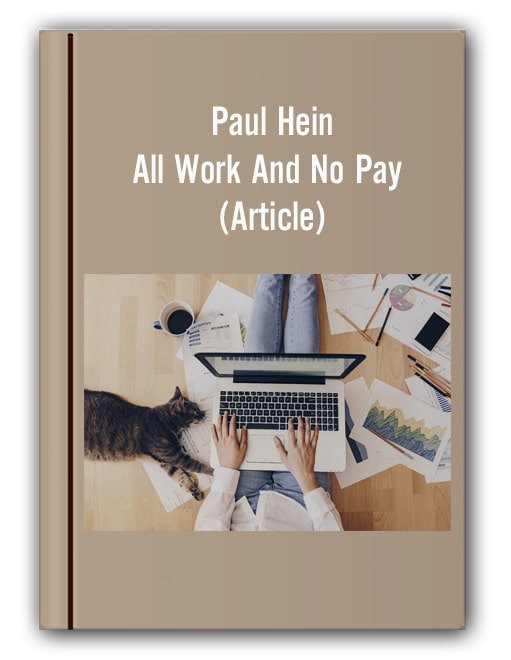Paul Hein – All Work And No Pay (Article)
Only registered users can download.
Please LOGIN/REGISTER
All Work And No Pay
About All Work And No Pay
Abstract Despite scholarly and popular hopes and predictions that the 2011 Arab Spring would mean the end of authoritarianism and the onset of democracy across the Middle East and North Africa (MENA) region, antiregime uprisings only occurred in a small subset of MENA nations. This thesis aims to address the puzzle of the Arab Spring’s partial contagion; the main interest of this work is to explore why the six Gulf Cooperation Council (GCC) countries in particular escaped the Arab Spring virtually unscathed. The hypothesis offered here argues that the regional variation in the Arab Spring uprisings can be explained by labor force demographics in the GCC. Dominated by non-Arab, Asian migrant laborers, GCC workforces depend on the exploitative kafala sponsorship system that ties migrant workers to Gulf employers in a mode of quasiindentured servitude.
The kafala system and the labor force demographics it has created in the GCC are significant to the Arab Spring uprisings in two ways: first, migrant workers strike and protest their living and working conditions often, and suffer harsh consequences as a result. Gulf migrant workers’ collective action and the punishments that they endure operated as a mode of demonstration effect that deterred Gulf citizens from engaging in similar behavior against their respective governments. Second, Asian migrant workers recruited through the kafala system have supplanted intraregional labor imports from poorer MENA nations such as Egypt and Tunisia; the preference of GCC employers for Asian migrant workers has meant increases in unemployment in non-GCC MENA countries, which contributed to the mass discontentment and lack of upward social mobility that resulted in upheaval in these nations and some others, including Libya, Yemen, and Syria.
The economic preconditions of Gulf countries – major oil and construction industries, high GDP, and low domestic unemployment – allow for the kafala system to exist. Unlike existing explanations for regional variation during the Arab Spring uprisings, including hereditary succession, the use of social media, cultural diversity and oil wealth, the demographic makeup of countries’ labor forces consistently separates GCC nations from those that experienced mass uprising and unrest. This thesis marshals quantitative evidence and a selection of case studies of specific countries – Libya, Bahrain, and Qatar – to demonstrate why labor force demographics matter to political behavior and outcomes in the context of the Arab Spring. Ultimately, the exigencies of the GCC labor markets make complete, meaningful, or sustained transition away from authoritarianism toward democracy unlikely in the entirety of the MENA region in the foreseeable future.
Author: Paul Hein
Paul Hein has contributed significantly to the education of the American people, and to theirarousal to action. His writing strips away the camouflage of complex jargon that obscures the reality of thefiat-currency system, exposing its absurdity and immorality in a way that any intelligent individual canunderstand, and that no politicians, judge, or banker can challenge, let alone refute. Not that politicians, judges, bankers, or the intellectual allies of the fiat-currency regime will try to challenge or refute what Heinsays.
Be the first to review “Paul Hein – All Work And No Pay (Article)” Cancel reply
You must be logged in to post a review.
Related products
Forex & Trading
Forex & Trading
Forex & Trading
Forex & Trading
Personal Development
Forex & Trading












Reviews
There are no reviews yet.